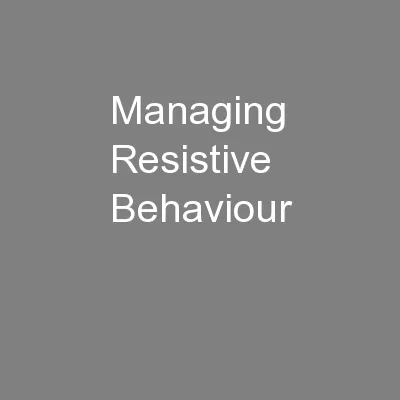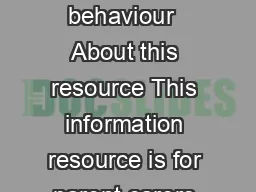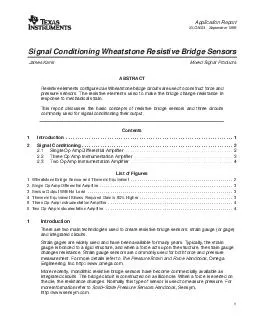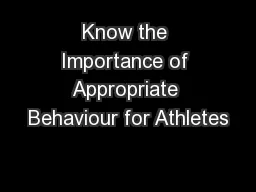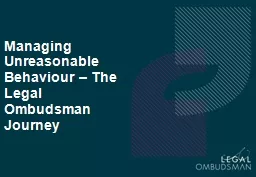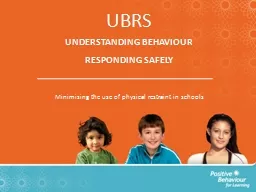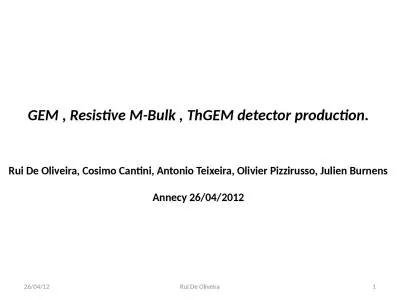PPT-Managing Resistive Behaviour
Author : luanne-stotts | Published Date : 2016-07-13
Occupational Health amp Safety Act Revision Bill 168 Seminar Objectives 1 To define the term crisis 2 To define and articulate what constitutes precipitating factors
Presentation Embed Code
Download Presentation
Download Presentation The PPT/PDF document "Managing Resistive Behaviour" is the property of its rightful owner. Permission is granted to download and print the materials on this website for personal, non-commercial use only, and to display it on your personal computer provided you do not modify the materials and that you retain all copyright notices contained in the materials. By downloading content from our website, you accept the terms of this agreement.
Managing Resistive Behaviour: Transcript
Download Rules Of Document
"Managing Resistive Behaviour"The content belongs to its owner. You may download and print it for personal use, without modification, and keep all copyright notices. By downloading, you agree to these terms.
Related Documents

